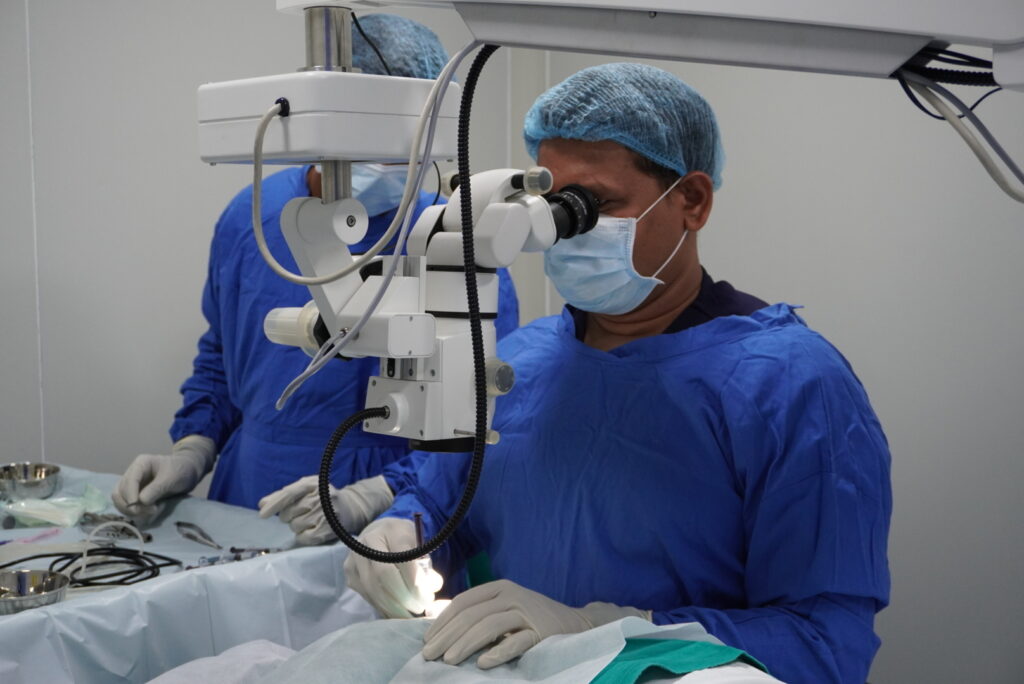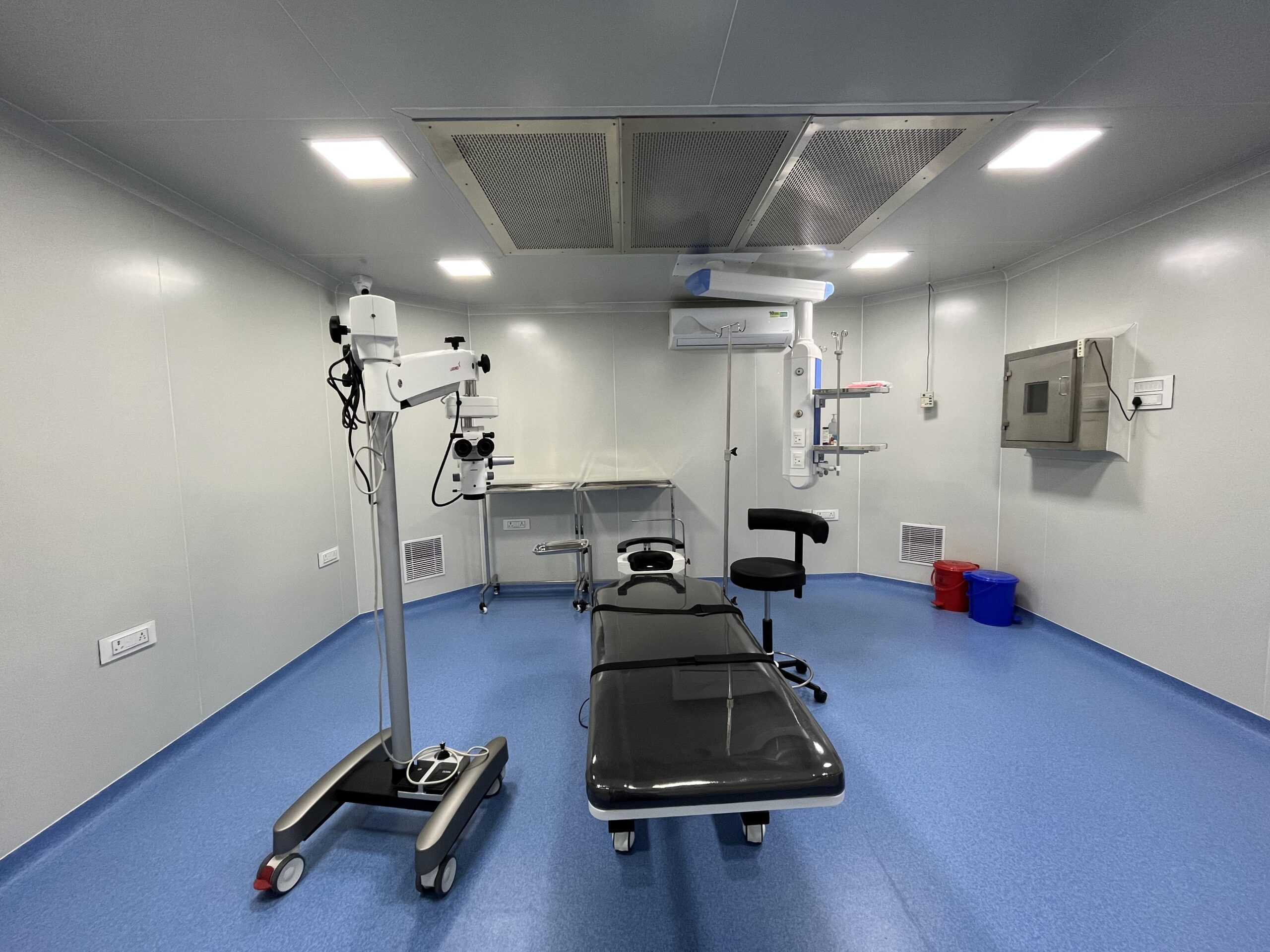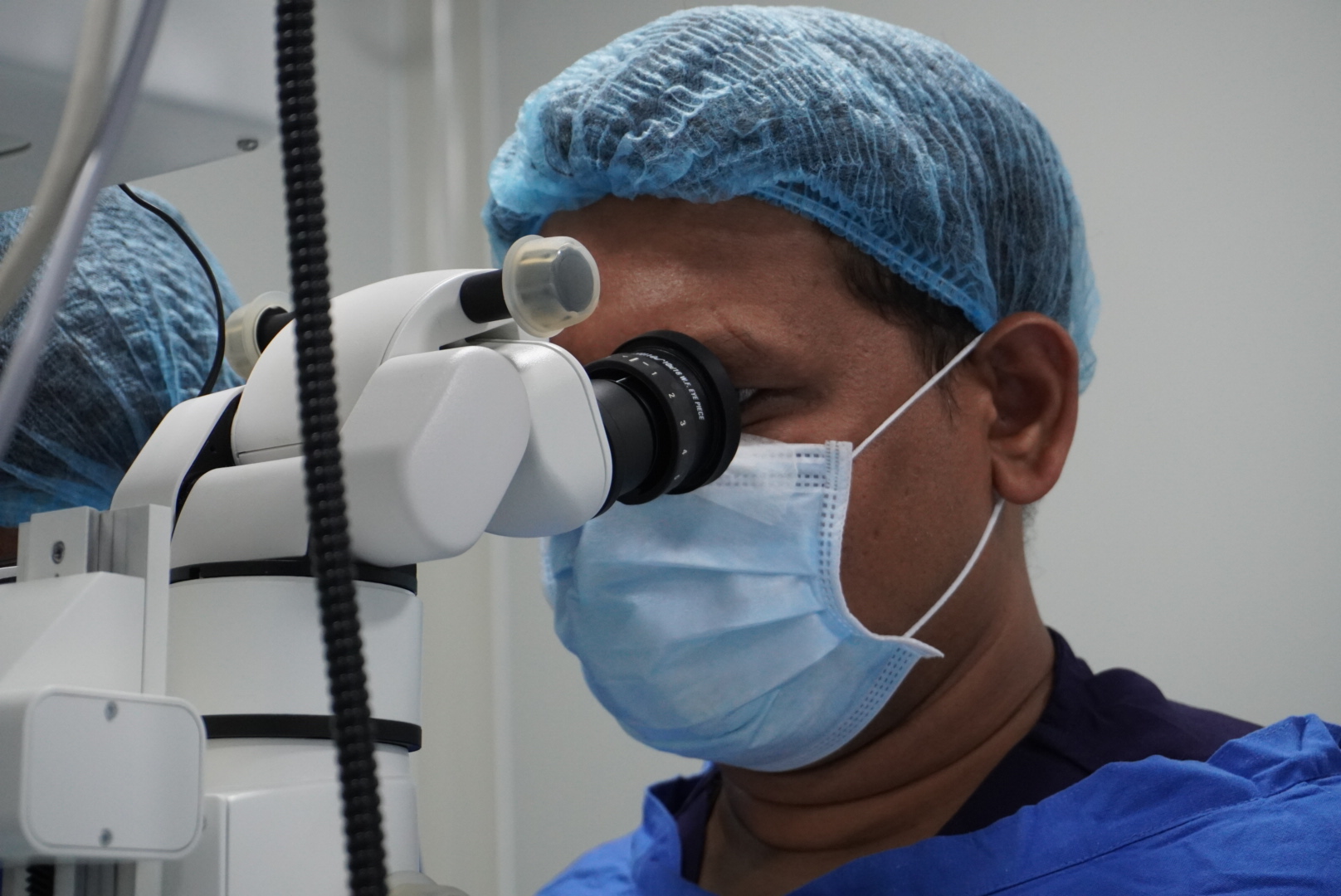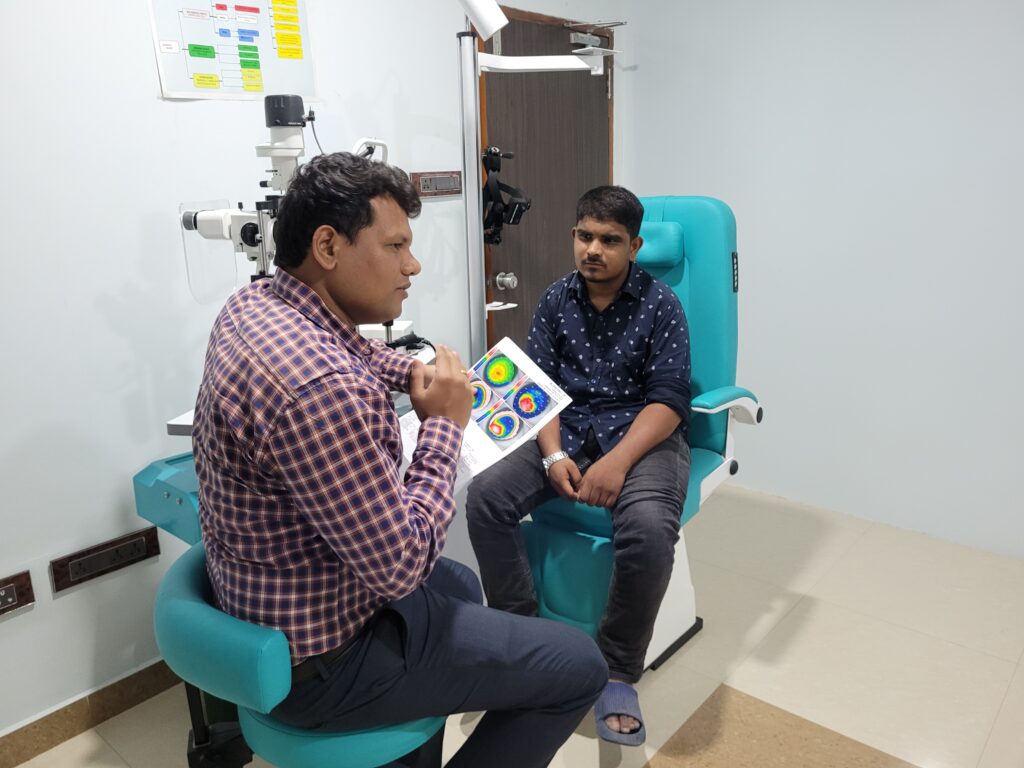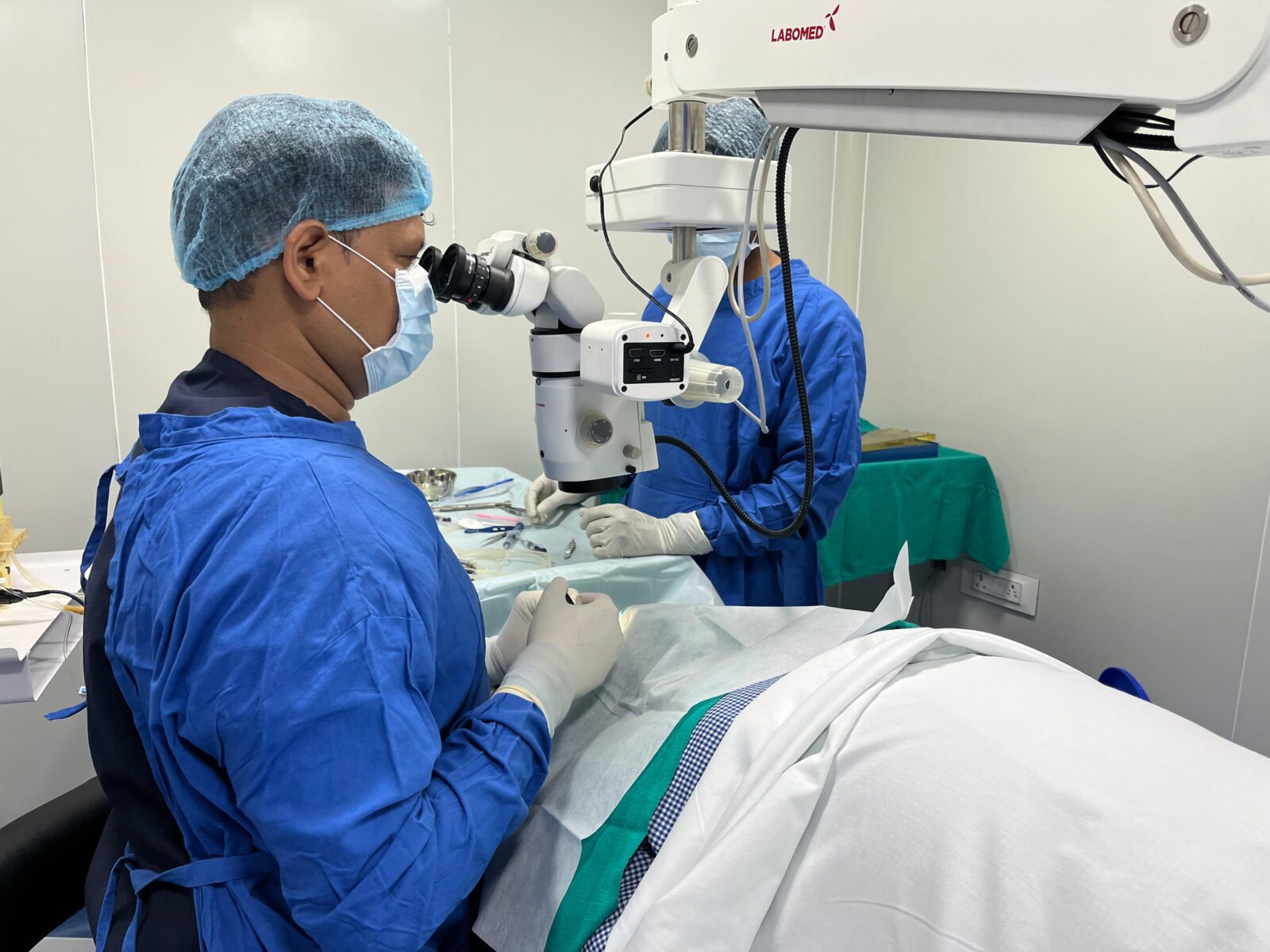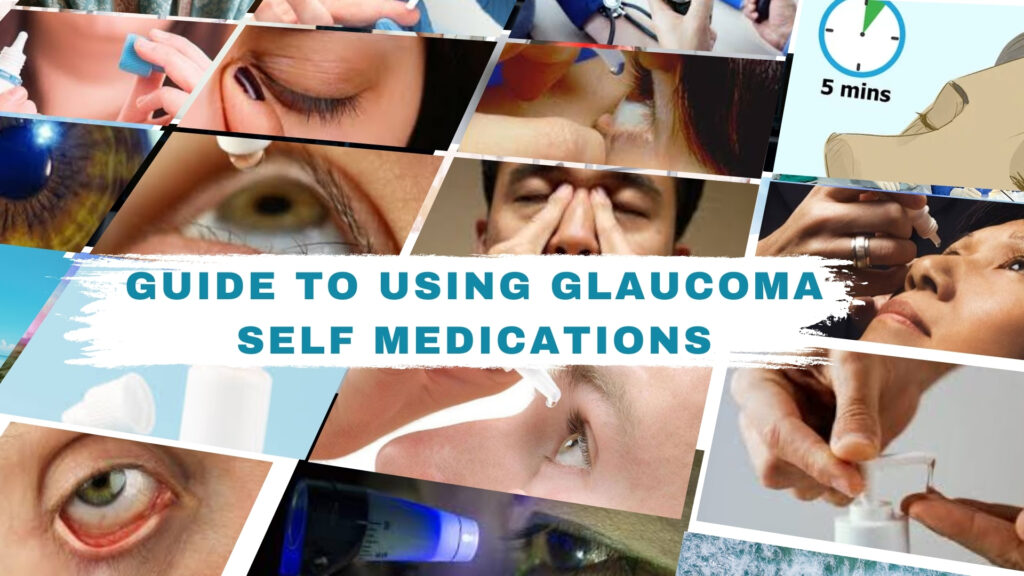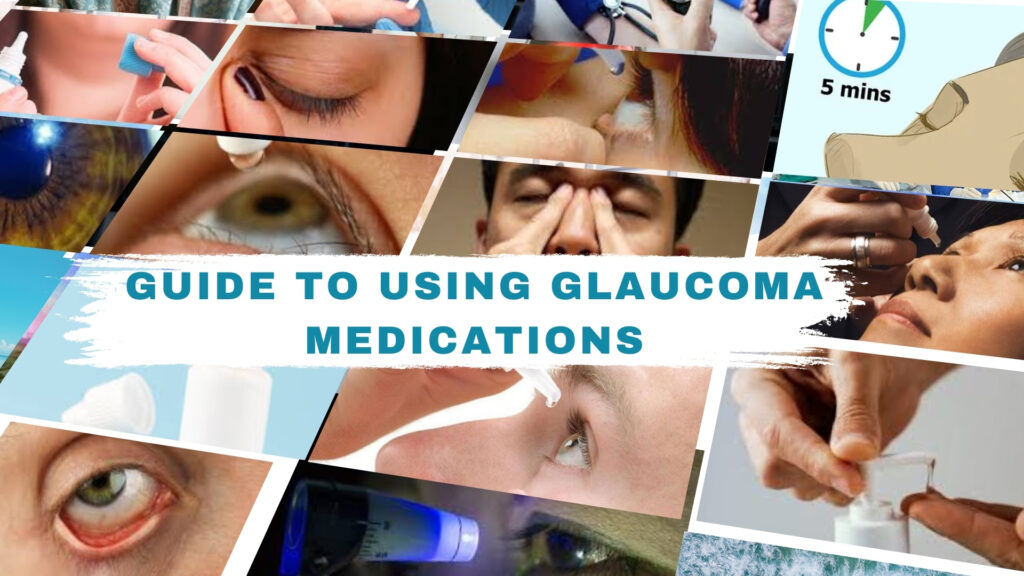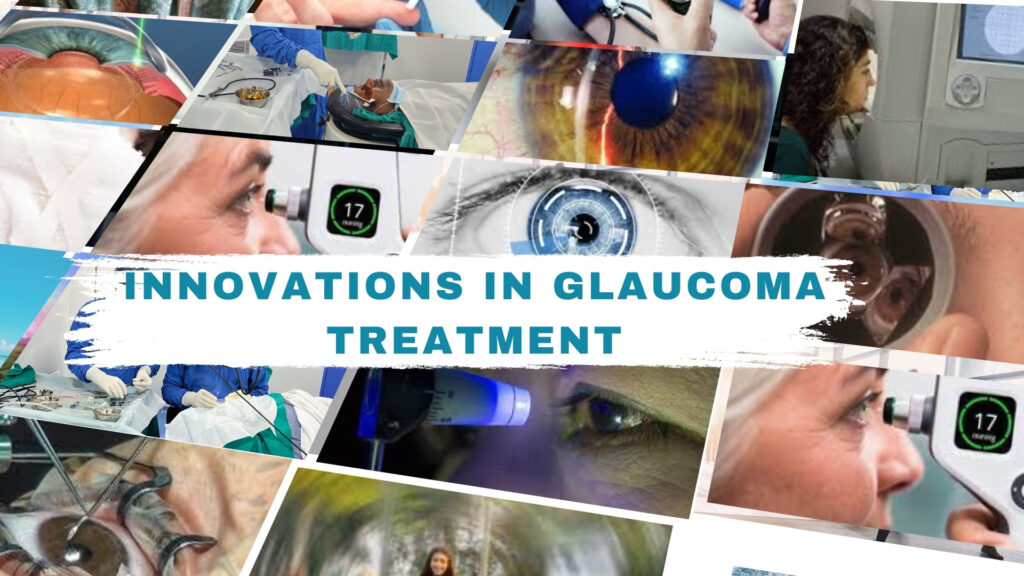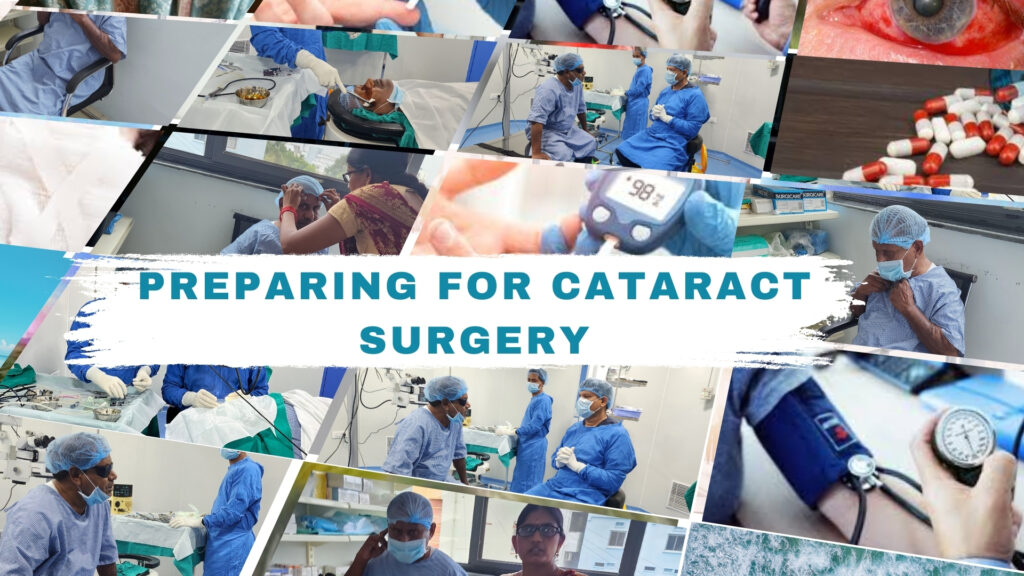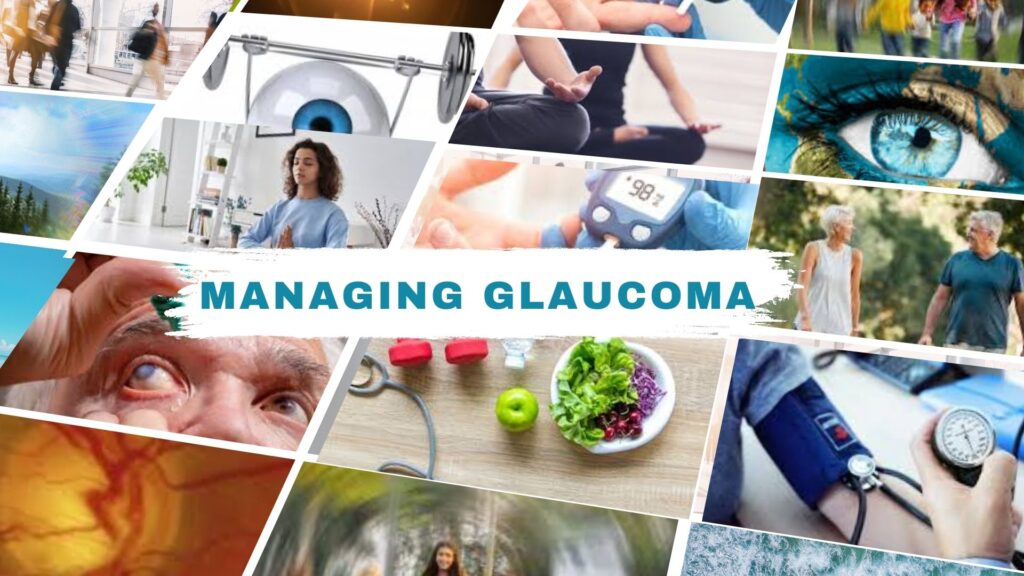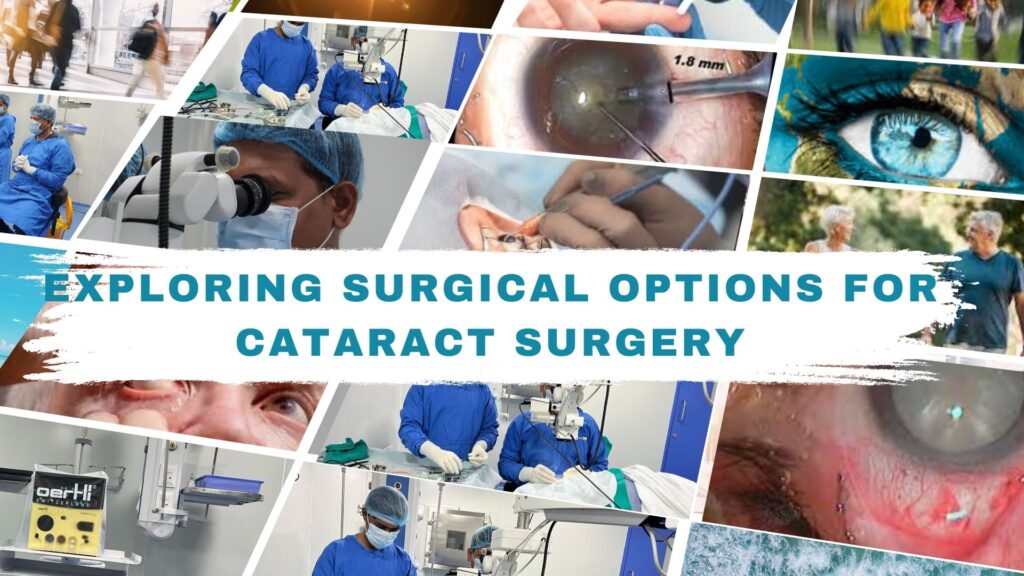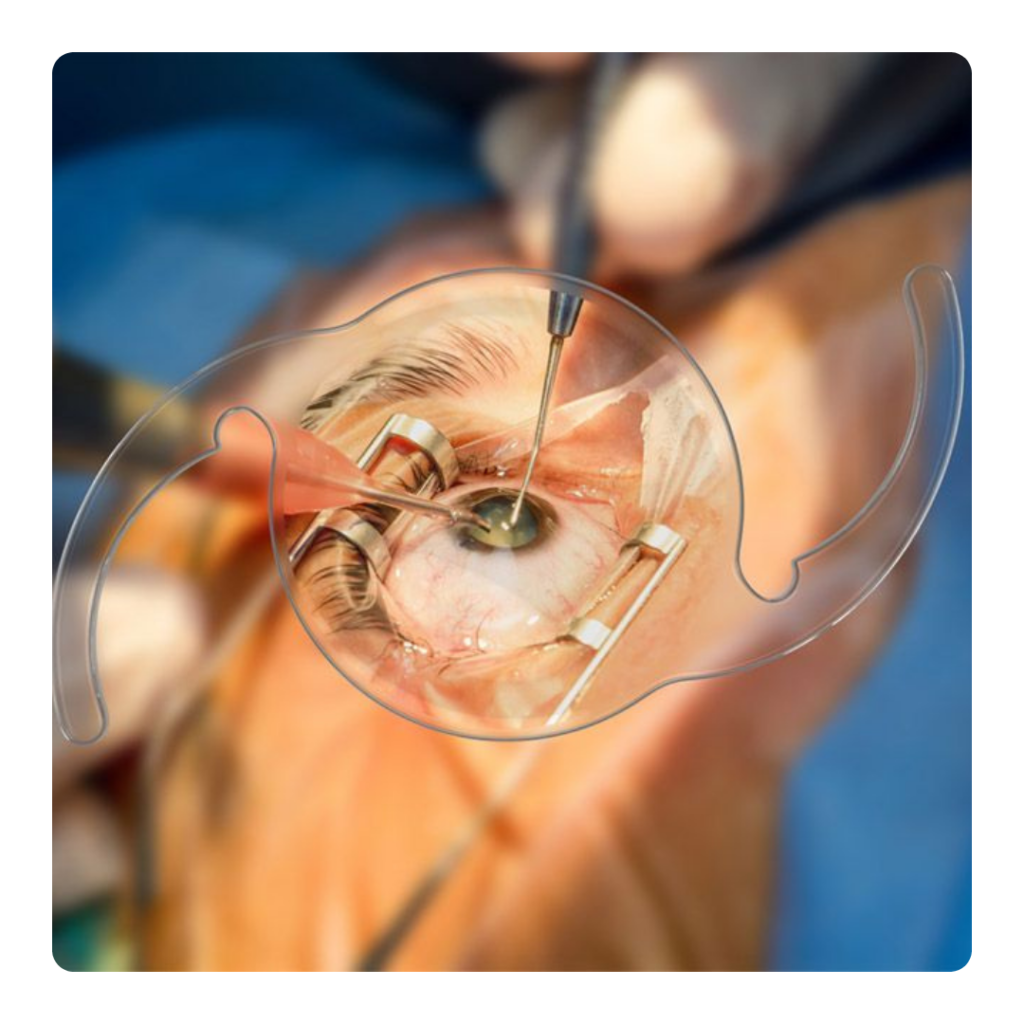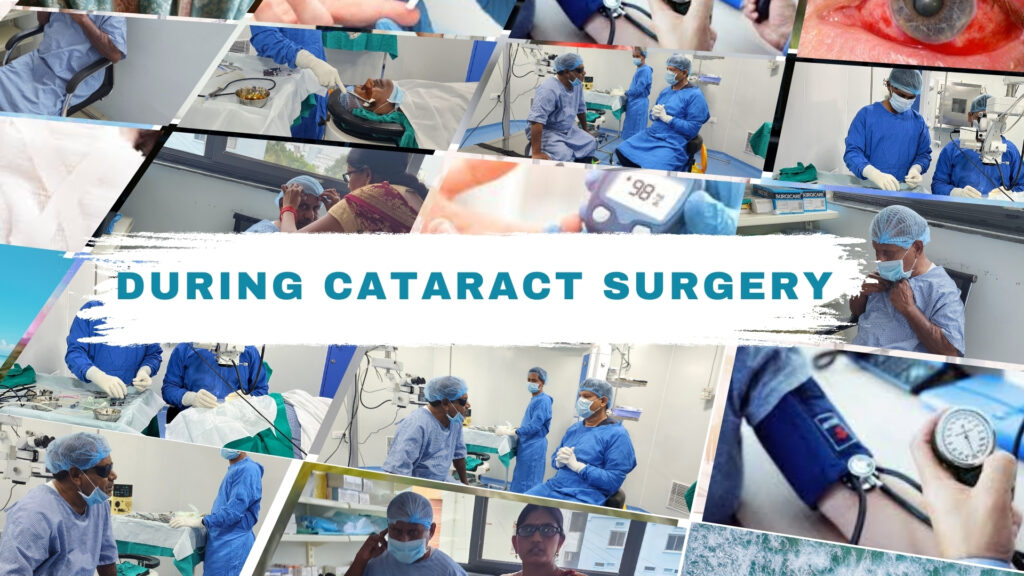A Guide to Self-Administering Glaucoma Eye Drops Effectively
Menu Home About Us Doctor Vision & Mission Services Advanced Cataract Services Cornea Glaucoma Vision Correction/Refractive Surgery Pediatric Ophthalmology Occuloplasty Medical Retina Opticals Conditions We Treat Allergic conjunctivitis Keratoconus Dry Eyes Patient Education Blog Posters Videos Gallery A Guide to Self-Administering Glaucoma Eye Drops Effectively Managing glaucoma involves more than just taking medications it requires mastering the technique of self-administering eye drops. This skill ensures that the medication reaches its intended target and maximizes its therapeutic benefits. Learning how to administer eye drops correctly can significantly impact the progression of glaucoma and help preserve your vision over time. Importance of Proper Eye Drop Administration Efficacy: Proper administration ensures that the medication reaches the eye’s surface and is absorbed effectively to lower intraocular pressure. Minimize Side Effects: Accurate administration reduces the risk of side effects such as eye irritation or systemic absorption of the medication. Vision Preservation: Consistent use of eye drops as prescribed by your eye care provider helps slow down the progression of glaucoma and preserve your vision. Tips and Tricks for Self-Administering Glaucoma Eye Drops Non-Dominant Hand Use your non-dominant hand to gently pull down the lower eyelid. Use your index finger to create a small pocket (lower lid fornix) to catch the eye drop. Dominant Hand Hold the eye drop bottle with your dominant hand. Use your thumb joint as a fulcrum on your index finger to control the squeeze and release of the bottle. Maintaining Distance from Eyelid Keep the eye drop bottle about 1-2 inches away from your eye to prevent accidentally touching the bottle tip to your eye or eyelashes. Practice Aiming Aim the eye drop into the lower lid fornix, not directly onto the cornea or eyelashes. Adjust your aim as you practice to ensure the drop lands in the pocket and not on the eyelashes or cheek. Blinking and Closing Eyes After instilling the eye drop, close your eyes gently. Avoid blinking excessively or squeezing your eyelids tightly, as this can cause the medication to drain away from your eye. Nasolacrimal Duct Technique Immediately after administering the eye drop, press lightly on the inner corner of your eye (near the nose) using your finger. This helps block the tear duct and prevents the medication from draining into your nasal passage and bloodstream. Use of Mirror If you find it challenging to aim the drops accurately, use a mirror to help guide your hand and position. Maintaining Hygiene Wash your hands thoroughly with soap and water before handling your eye drops to prevent introducing bacteria into your eyes. Avoid touching your eyelids or lashes with the eye drop bottle tip to prevent contamination. Recap and Store Properly After using the eye drops, recap the bottle securely to prevent contamination and store it according to the manufacturer’s instructions. Stay Calm and Patient Self-administering eye drops can be tricky at first, but with practice and patience, you’ll become more confident in your technique. Don’t hesitate to ask for help or guidance from your eye care provider if needed. Consistency is Key Stick to a regular schedule for using your eye drops. Set alarms or use medication reminders to ensure you don’t miss doses. Make using your eye drops a part of your daily routine to effectively manage your glaucoma and preserve your vision. Conclusion Mastering the technique of self-administering glaucoma eye drops is crucial for maintaining your eye health and managing your condition effectively. By following these tips and tricks, you can ensure that you administer your medications accurately and minimize the risk of complications. Remember, practice makes perfect—be patient with yourself as you develop your skills. If you have any concerns or questions about your eye drop regimen, don’t hesitate to reach out to your eye care provider for guidance. Together, you can work towards preserving your vision and enjoying optimal eye health. This guide empowers you to take control of your glaucoma treatment by teaching you the essential skills of eye drop administration. With diligence and proper technique, you can effectively manage your condition and protect your vision for years to come. Services & Treatments Cataract Cornea Glaucoma Vision Correction Pediatric Ophthalmology Occuloplasty Medical Retina Opticals Contact info Hanumasai Nagar, Shanti Nagar, Uppal, Hyderabad, Telangana 500039, India +91 80746 61750 shanthinethralaya@gmail.com Opening Hours: 09:00 AM – 08:00 PM Social Profiles Instagram Whatsapp Youtube Icon-map-marker Whatsapp Icon-email Instagram Youtube Icon-map-marker1 Call +91-8074661750


